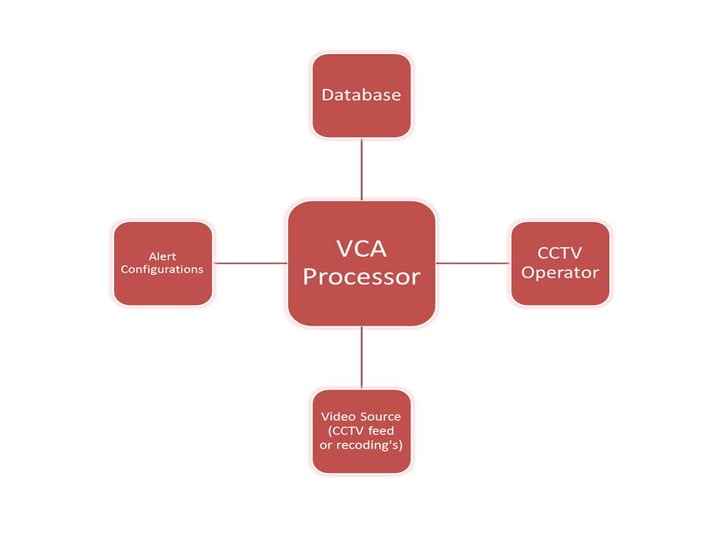Imagine! If that footage from your organisation’s video recordings and CCTV cameras, which now reside in dusty cabinets could help increase store footfalls and draw customers closer. Intelligent Video Analytics (IVA) or Video Content Analysis (VCA) helps you do just that. VCA involves collating and analysing data from video recordings or CCTV cameras in retail stores, streets and businesses.

Today, large volumes of video recordings lie unanalysed in public and private sector enterprises. Yet, the data from these videos can be put to good use -- reviewed to gain crucial insight and ensure security for enterprises and government agencies.
According the The Mckinsey Global Institute, IoT applications, which involve video analytics, will have a potential annual economic impact of $3.9 trillion to $11.1 trillion by 2025. In fact, video-analytics applications that are expected to have a compound annual growth rate of greater than 50 percent over the next five years could significantly contribute to the expansion of IoT applications.
How does Video Analytics Work?
VCA monitors and tracks events that occur in zones of interest. A typical VCA can answer following questions for that zone.
- Who: A person, an object, a vehicle
- What: Entering or exiting the zone, stopping, direction of movement
- When: Time of the day
Besides the above criteria, depending on the business need, video content could be analysed to derive increasingly specific insights. As an example, for the retail industry, by tracking the number of people, their emotions and attributes such as age, gender, clothing, etc., retailers can automatically optimise and review their business strategies. Likewise, there are use cases for applying this technology in other verticals such as banking, finance and government.

Tools & Technologies
Refer to the idiagram of a generic VCA system above. There are numerous tools and technologies available to deliver VCA. OpenCV is one of the most widely used API for image processing and analysis. Bespoke attribute/object recognition modules using machine learning can be coupled with OpenCV to create bespoke solutions.
Another popular deep learning library, Tensorflow is used to train deep neural networks if the data is available for training. Other prominent libraries include IBM Intelligent Video Analytics, Amazon Rekognition, Microsoft Azure Media Analytics, Kairos, Google Vision API and many more.
Privacy Considerations
While applying IVA, privacy considerations could be an issue of concern due to potential threats:
- Hacking of critical personal information
- Tracking and analysis of behaviour patterns without individual consent
- Ethical usage of the available data
Data encryption and network security solutions can incorporate techniques to mitigate these important concerns.
Application of Video Analytics
Retail
Retailers can analyse customer footfall using video feed from CCTV’s available in stores. Some questions that video analytics can answer here are:
- Number of people entering and exiting the shop
- Peak shopping duration
- Gender and estimated age group
- Direction of traffic inside the stores
Recognising long lines at checkouts and sending alerts This information is useful for optimising business strategies, targeted, context-specific and personalised marketing.
Banking & Finance
IVA can be used in banks to safeguard unauthorised areas. Facial recognition can also be used as a forensic tool in ATMs, and to check fraud cases, as well as theft.
Video Marketing
Video marketing is increasingly gaining importance in telling the brand story and creating compelling advertisements. Based on the kind of videos users prefer to watch, companies could target market products to them. This can considerably raise the brand’s image alongside the company’s revenue.
Government
Public sector agencies can find use cases in IVA to deliver:
- Traffic monitoring for parking management systems at exits, delimited areas, traffic jams, driving in the wrong direction, under or over speeding, failure to stop when required, illegal U-turns.
- Identifying vehicles or objects that violate defined events or behaviours such as speed and direction.
Wondering how you can leverage the insights available through video analytics for your enterprise? Get in touch at info@mastek.com to find out.

